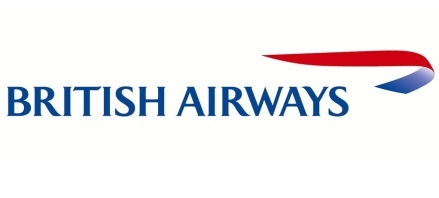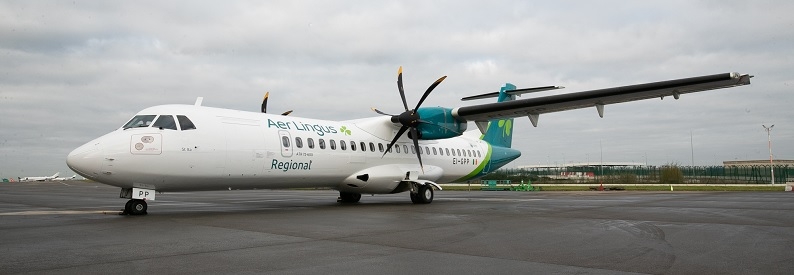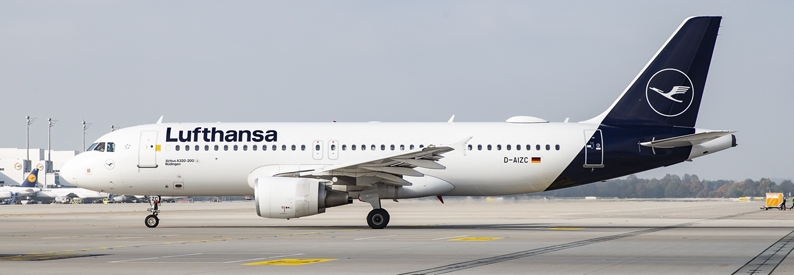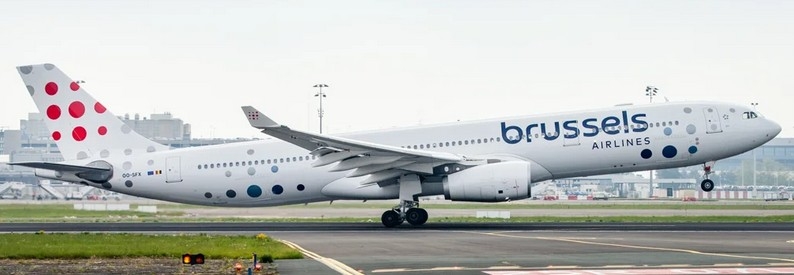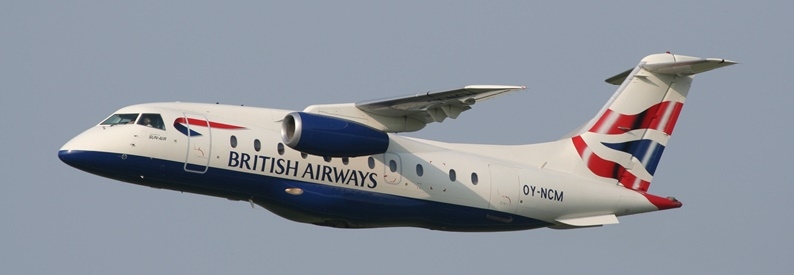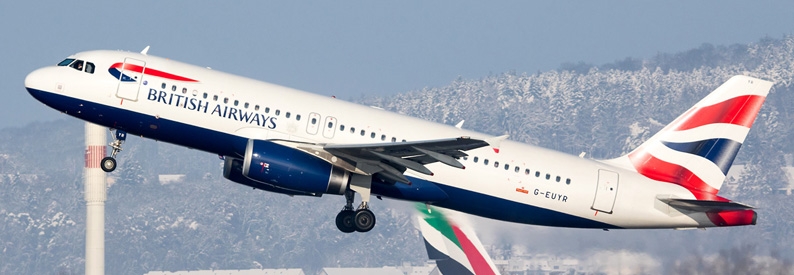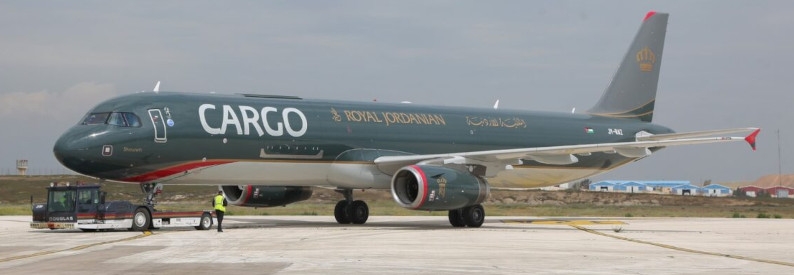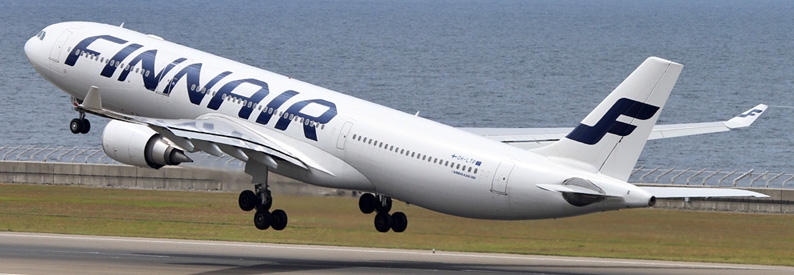Having lost out to London Heathrow in the tender for the construction of an additional main runway, London Gatwick Airport is now proposing to turn its standby northern runway, 08L/26R, into a de-facto secondary track.
Under its current planning agreement, the 2,565 metre-long 08L/26R is only used when the main runway, the 3,316 metre-long 08R/26L, is closed for maintenance or emergencies. However, with the 40-year planning agreement set to end in 2019, the airport said in its draft master plan that it could potentially bring its existing standby runway 08L/26R into routine use for departing flights, alongside its main runway, by the mid-2020s.
"Departing flights would be split between the two existing runways," it said. "As the main runway is longer than the standby runway, we consider that all of the larger, wide-body aircraft would use that for take-off, and the standby runway would be used only for departing smaller aircraft, such as A321, A320 and B737."
However, the move would require the widening of the two parallel tracks as, at present, their separation - 198 metres - fails to comply with ICAO-specified SOIR regulations which require a minimum distance of 210 metres between centre-lines.
To remedy this, Gatwick has proposed moving the centre lines further apart which, in itself, would require either one or both the 45-metre-wide runways to be reconfigured. The necessary separation could be achieved by adding 12 metres to the south of the main runway, or 12 metres to the north of the standby runway, or a combination of both.
Gatwick, however, reiterated its preference for the addition of a secondary, main runway, a proposal that was, however, rejected in favour of a third runway at Heathrow.
"The proximity of the main and standby runways means that their simultaneous use would add only 10-15 movements per hour to the operation, whereas the wide-spaced additional runway would add around 40-50 movements per hour."
In total, the activation of 08L/26R would result in Gatwick's throughput growing to 68-70 million passengers per annum by 2032, compared to 57-61 million passengers in the single runway scenario.
A 12-week consultation on the plan has now been launched with a final version set to be agreed early next year.
